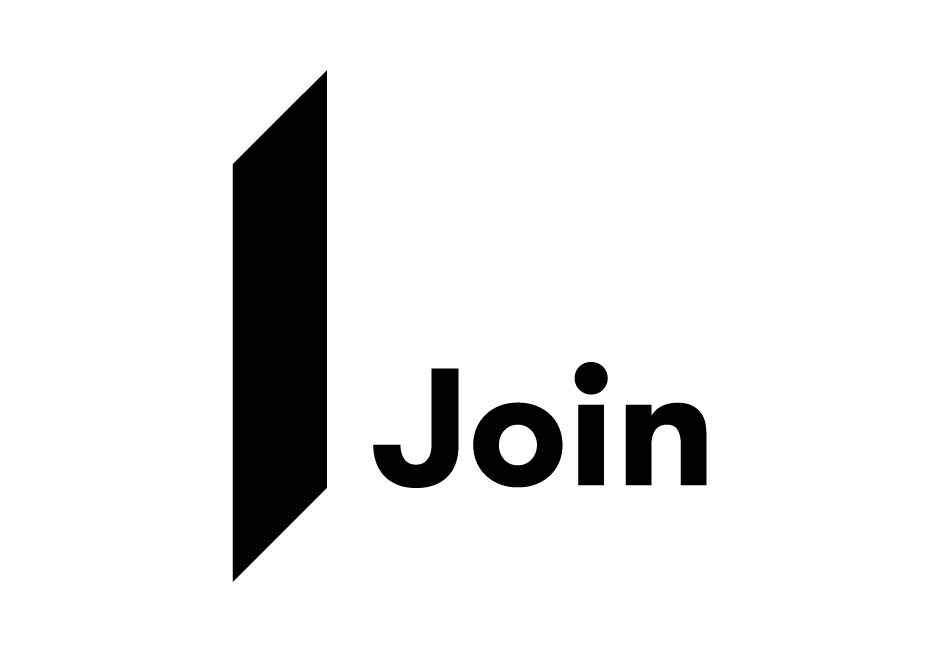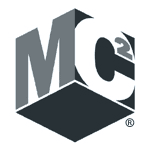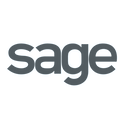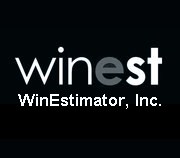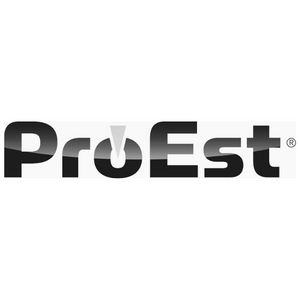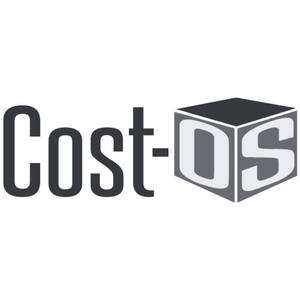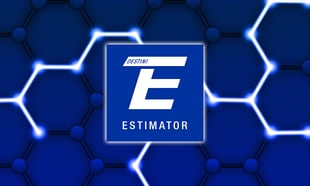Technology's Role in Breaking Down Silos: A Case Study from Ryan Companies

In the high-stakes construction world, communication can make or break a project. While the field has seen tremendous advances in engineering, design, and project execution, one of its oldest and most persistent challenges remains: poor communication across departments. Hence the need for breaking down silos
“Different departments felt like they were working behind a curtain,” says Nicole Waits, Senior Director of Preconstruction Advancement at Ryan Companies. That single sentence captures a decades-old problem in the industry, one rooted in organizational silos. Teams working on the same project, often in the same building, operate in isolation. Developers, estimators, designers, and project managers each manage their own priorities, data, and workflows, which are rarely aligned in real-time.
The results? Missed opportunities, duplicated efforts, budget overruns, and fractured client trust.
But that’s changing. Ryan Companies is one of many firms turning to technology to solve the communication puzzle. And in doing so, they’re reshaping the future of collaborative construction.
Breaking Down Silos Meaning
So, what does breaking down silos mean?
In a business context, the term refers to removing barriers between departments or individual teams that prevent them from working together effectively. When groups hoard information or operate independently without alignment, silo mentality sets in. That stifles innovation, delays decisions, and weakens a company’s ability to respond quickly to challenges.
Breaking down silos meaning goes beyond just opening more meetings or CCing more people on emails. It’s about restructuring how teams operate by removing blockers to the flow of information, encouraging knowledge sharing, and creating space for true collaboration. In construction, where timelines are tight and details are critical, it’s not just beneficial, it’s essential.
Whether it’s through leadership, process changes, or technology, companies that actively dismantle silos unlock new levels of efficiency, trust, and performance.
Ryan Companies’ Technology Journey
With more than $4 billion in annual revenue and a national footprint, Ryan Companies is no stranger to large-scale construction complexity. They provide end-to-end services, spanning development and capital markets, as well as design, construction, and property management. But even with their size and resources, they faced a familiar problem: siloed communication.
Individual departments were efficient, but they were disconnected from one another. Waits recalls early project experiences where communication barriers created delays, confusion, and frustration. Development teams moved forward without fully understanding construction constraints, and pre-construction teams built cost models in isolation. Project managers struggled to coordinate across the various phases of delivery.
But the missing piece wasn’t talent, it was visibility.
To address these gaps, Ryan Companies adopted two powerful platforms: Join and DESTINI Estimator. These tools were chosen for their ability to support cross-functional teams, improve transparency, and integrate critical workflows. For the first time, teams could visualize project decisions in real time, collaborate on cost models, and align more closely with project goals.
Technology was just the start. Implementation required buy-in from leadership and training at every level. Change didn’t happen overnight, but the benefits became undeniable as team members consistently used the tools.
Most importantly, the tools facilitated a continuous flow of information among estimators, project managers, architects, procurement leads, and even client-facing roles. These changes helped Ryan Companies shift from reactive communication to proactive alignment.
Their journey illustrates a powerful truth: no matter how capable your teams are, you can’t collaborate effectively until you see the same information simultaneously.
The Implementation and Adoption Challenge
While investing in new technology is a critical first step, successful transformation requires both software and a shift in behaviors. Ryan Companies quickly discovered that implementation was less about platforms and more about people.
Some individual teams were hesitant to change their workflows. Long-standing habits, such as exporting data into Excel or relying on in-person meetings, proved hard to break. Others were skeptical of the platforms themselves, questioning whether the tools would deliver real value. The biggest hurdle wasn’t the interface; it was trust.
Breaking through that resistance meant going beyond the basics of training. Ryan Companies introduced cross-functional onboarding sessions, curated use cases, and ongoing support to reinforce the benefits. More importantly, they created space for feedback, enabling teams to express their frustrations and share ideas for improvement.
Creating a collaborative work environment requires connectivity and deliberate culture-building. Leadership encouraged team-building exercises across departments, building relationships that helped bridge historical divides. Over time, this effort cultivated a shared language and a stronger foundation for trust.
Technology adoption doesn’t just improve efficiency; it also creates empathy. When cross-departmental teams start to understand each other’s challenges, they work together more effectively. And that’s what transforms tools into game-changers.
Transforming Collaboration Through Technology
The real power of collaborative technology is how it changes the way people work together. For Ryan Companies, platforms like Join and DESTINI Estimator did more than streamline processes; they also acted as a bridge between departments that had historically operated in isolation.
Using these tools, teams can finally share information in real-time. Cost updates, design decisions, and schedule changes were visible to everyone. This visibility created accountability and sparked richer conversations, especially with clients who gained clearer insight into project status and trade-offs.
As Waits shared, the breakthrough came during their third project with a repeat client. “Teams started to understand how information could be reused and repurposed. Suddenly, it all made sense.” That clarity turned hesitant users into champions and transformed data into dialogue.
Integrated platforms like DESTINI and Join helped unify project management functions across disciplines - from estimating to scheduling to reporting. These systems support tasks and relationships by reinforcing common goals and surfacing shared priorities.
This case study illustrates how seamless connections between pre-construction and design teams remove friction and drive smarter collaboration.
By improving communication and collaboration, Ryan Companies accelerated decision-making, minimized rework, and created stronger partnerships internally and with their clients.
Ultimately, it is people, not tools, that transform organizations. However, when the right tools are used the right way, they can create a new language for how cross-functional teams think, work, and win together.
The Broader Impact: Lessons and Industry Implications
Ryan Companies’ success with Join and DESTINI Estimator isn’t an isolated win. Instead, it reflects a growing industry-wide recognition that technology, when paired with intentional leadership, can drive lasting change. Their journey shows that when you align tools with behaviors, collaboration improves and so does performance.
One major takeaway? Culture matters as much as software. Any effort when breaking down silos must be supported by a company culture that values transparency, learning, and trust. Technology may initiate change, but it’s culture that sustains it.
Another important insight is that better communication enhances not only internal coordination but also impacts customer service and project outcomes. When teams operate as one, clients experience fewer surprises, better alignment, and faster delivery.
And the benefits are not just short-term. Building integrated, high-trust workflows creates a long-term competitive advantage, especially in an industry where silos exist more often than they’re acknowledged.
Ultimately, dismantling silos improves customer experience. Clients want clarity, consistency, and collaboration; when companies deliver these, they build projects and partnerships.
The lesson for other firms is clear: success in modern construction doesn’t hinge on one person or department. It requires united teams, open systems, and the willingness to reimagine what’s possible. And doing that together is what makes the difference.
The Future is Collaborative
As the construction industry becomes increasingly complex, the ability to collaborate across departments is no longer a luxury; it has become a strategic necessity. Ryan Companies’ journey proves that by pairing the right tools with cultural commitment, even the most entrenched silos can be dismantled.
Remember, if your teams can’t see or speak to each other, they can’t succeed together. It’s time to evaluate your tech, invest in alignment, and build a workplace where collaboration is the default, not the exception.
Are you ready to break down your silos?
Note: This blog content is extracted from Beck Technology’s Beyond The Estimate podcast held in Spring 2025. Special thanks to Nicole Waits of Ryan Companies, Garrett Vance of Join, and Jan Michael Beran of Beck Technology for sharing their insights.

-1.png?width=112&height=112&name=image%20(4)-1.png)

